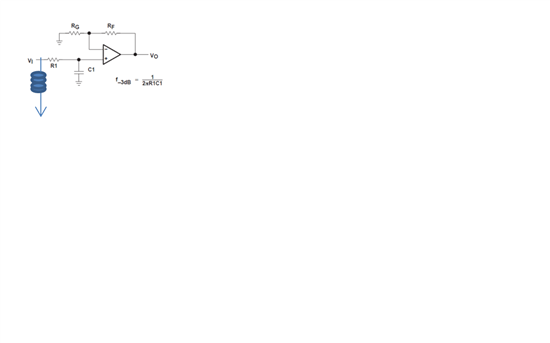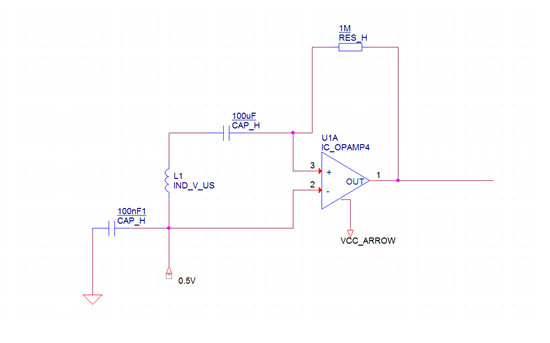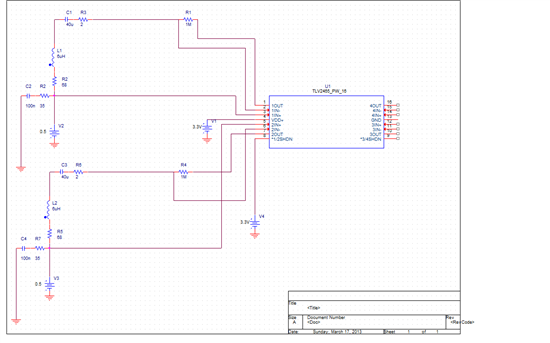Hi
I am trying to amplify very small currents/voltages from a coil I have (the coil is a sensor - current 4uA voltage 0.2mV). I am I used ina 2332 but it doesnt do the work so I changed it to tlv2465. The problem is that the offset in this amplifier is so big that my signal is unnoticeable.
maybe I am not connecting it in the right way but I connected it exactly as shown in figure 51 in the data sheet (1 of the coil leg connected to V1 and the other ground) and it didnt work (rf=100k fg=1k).
what I want to do is to connect the coil between the 2 amp legs (+ and - ) give it small off set and get the result amplified.
do you have an example circuit how to do it? is it possible to do what I want with the amp? do you have better amp for this target (it have to be supper low power)
Regards,


 i
i
